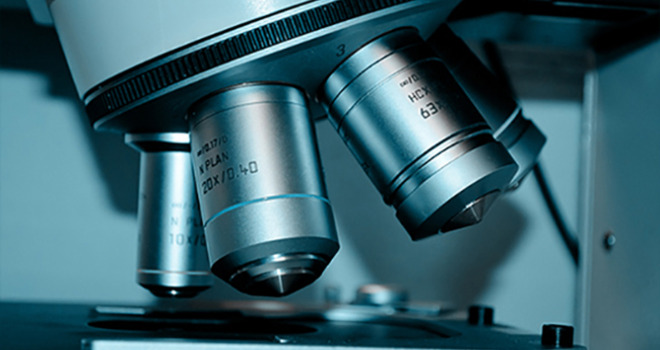
ERISOne Cluster Computational Support for the MGH Szostak Lab
Heavy use of the ERISOne cluster was instrumental for computational biologist, Li Li, PhD, to publish in JACS, a premiere chemistry journal.
Li Li, PhD is a computational biologist in Jack Szostak's lab in MGH. Li was a heavy user of the ERISone cluster in 2012-2013, and the computation time from the cluster was instrumental for her publication in JACS, a premiere chemistry journal (http://pubs.acs.org/doi/abs/10.1021/ja412079b). Li wrote to say "I am very grateful for the tremendous support."
The Free Energy Landscape of Pseudorotation in 3′–5′ and 2′–5′ Linked Nucleic Acids
Li Li and Jack W. Szostak *
Howard Hughes Medical Institute, Department of Molecular Biology and Center for Computational and Integrative Biology, Massachusetts General Hospital, Boston, Massachusetts 02114, United States
J. Am. Chem. Soc., 2014, 136 (7), pp 2858–2865
DOI: 10.1021/ja412079b
Publication Date (Web): February 5, 2014
Copyright © 2014 American Chemical Society
Abstract
The five-membered furanose ring is a central component of the chemical structure of biological nucleic acids. The conformations of the furanose ring can be analytically described using the concept of pseudorotation, and for RNA and DNA they are dominated by the C2′-endo and C3′-endo conformers. While the free energy difference between these two conformers can be inferred from NMR measurements, a free energy landscape of the complete pseudorotation cycle of nucleic acids in solution has remained elusive. Here, we describe a new free energy calculation method for molecular dynamics (MD) simulations using the two pseudorotation parameters directly as the collective variables. To validate our approach, we calculated the free energy surface of ribose pseudorotation in guanosine and 2′-deoxyguanosine. The calculated free energy landscape reveals not only the relative stability of the different pseudorotation conformers, but also the main transition path between the stable conformations. Applying this method to a standard A-form RNA duplex uncovered the expected minimum at the C3′-endostate. However, at a 2′–5′ linkage, the minimum shifts to the C2′-endo conformation. The free energy of the C3′-endo conformation is 3 kcal/mol higher due to a weaker hydrogen bond and a reduced base stacking interaction. Unrestrained MD simulations suggest that the conversion from C3′-endo to C2′-endo and vice versa is on the nanosecond and microsecond time scale, respectively. These calculations suggest that 2′–5′ linkages may enable folded RNAs to sample a wider spectrum of their pseudorotation conformations.
